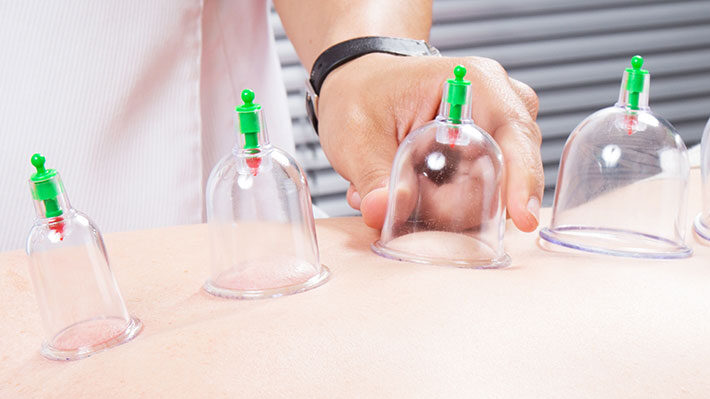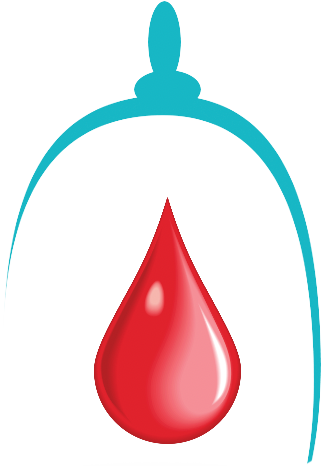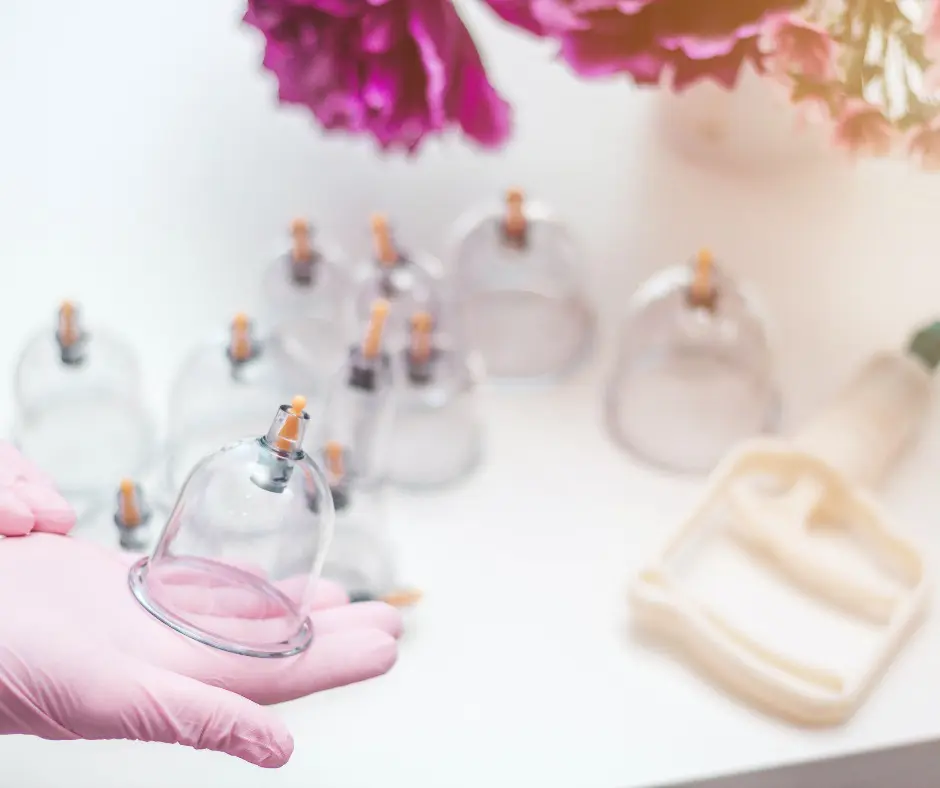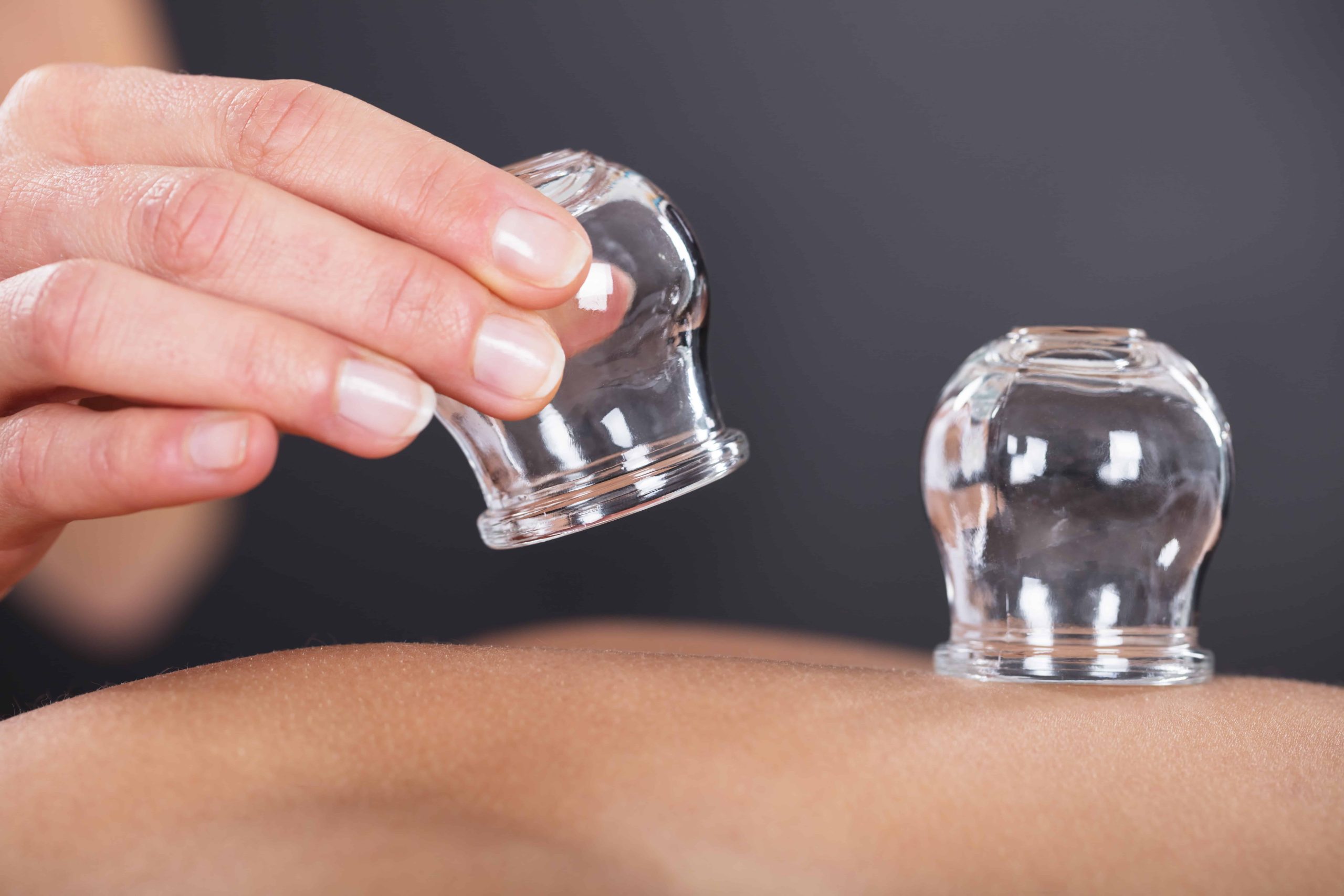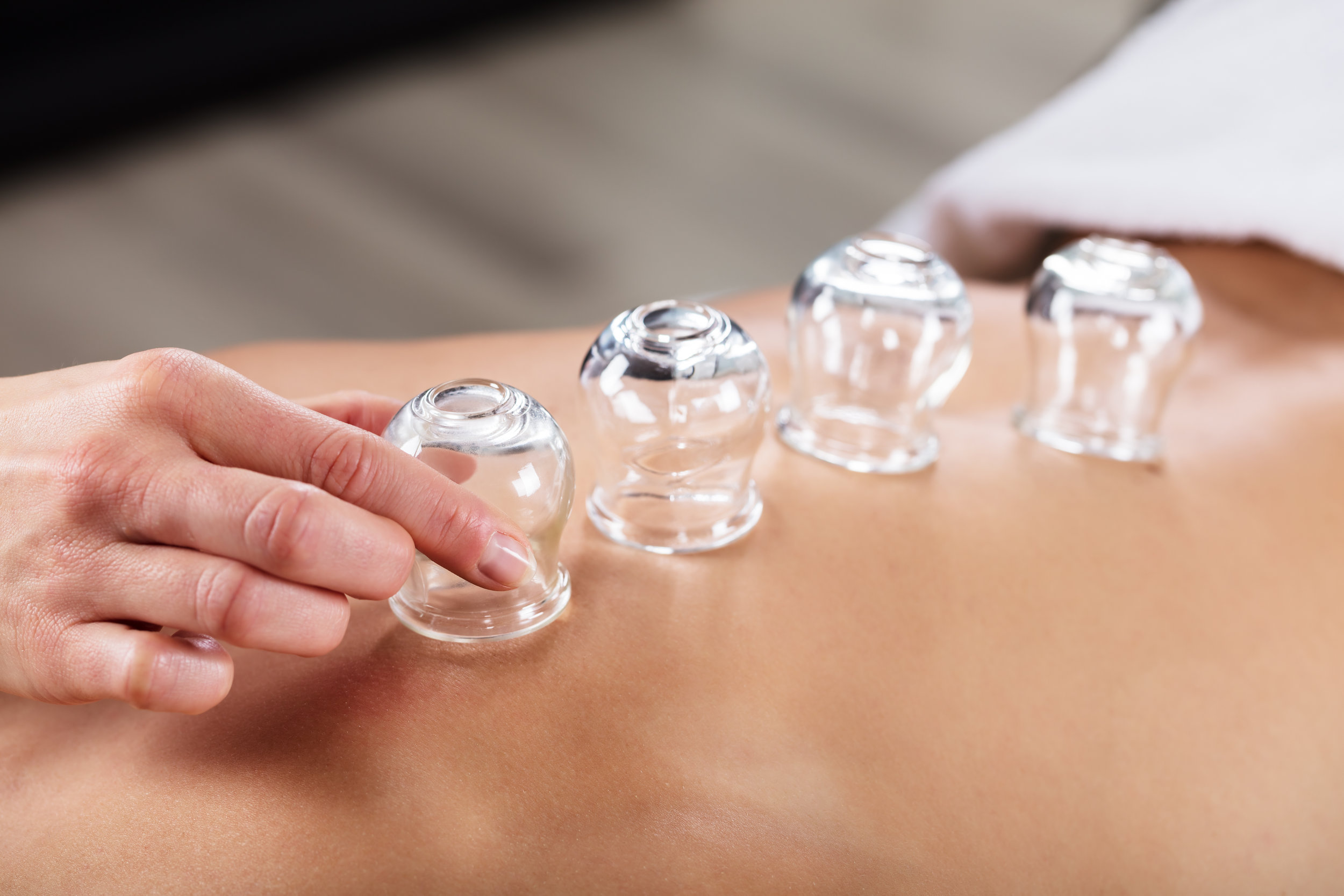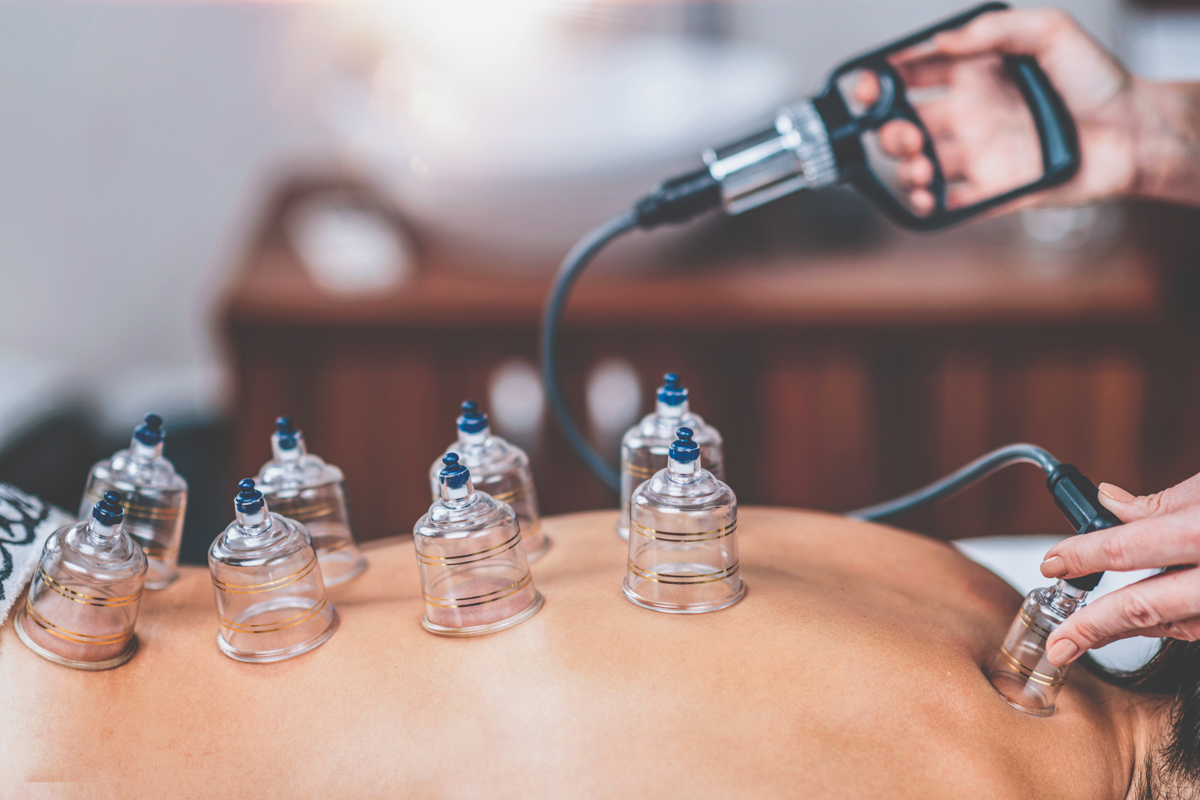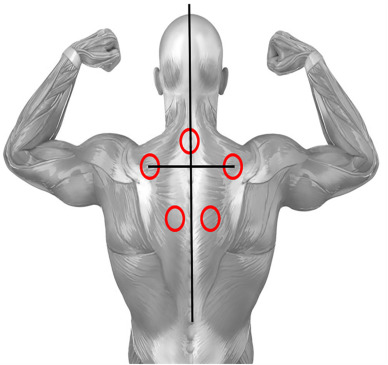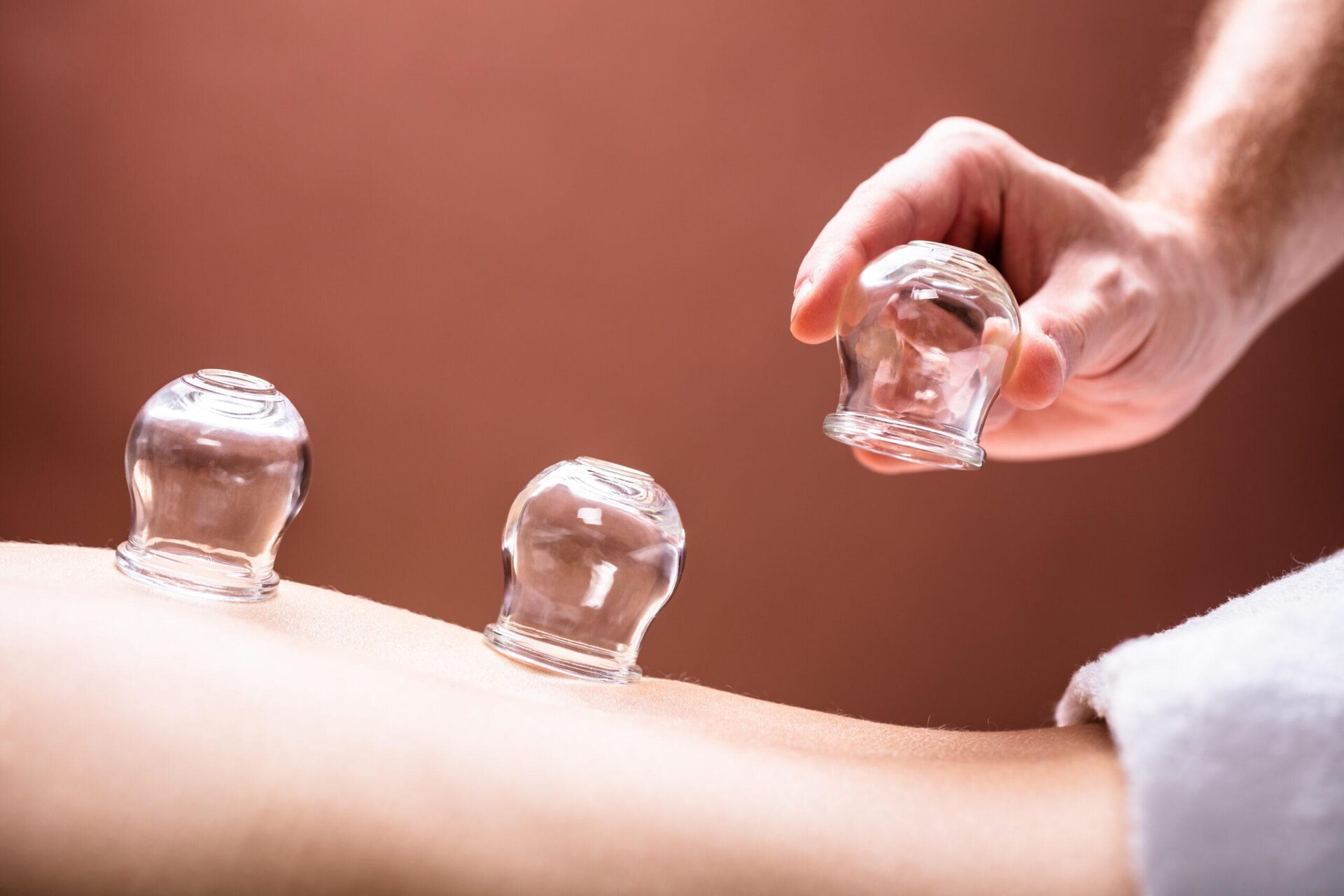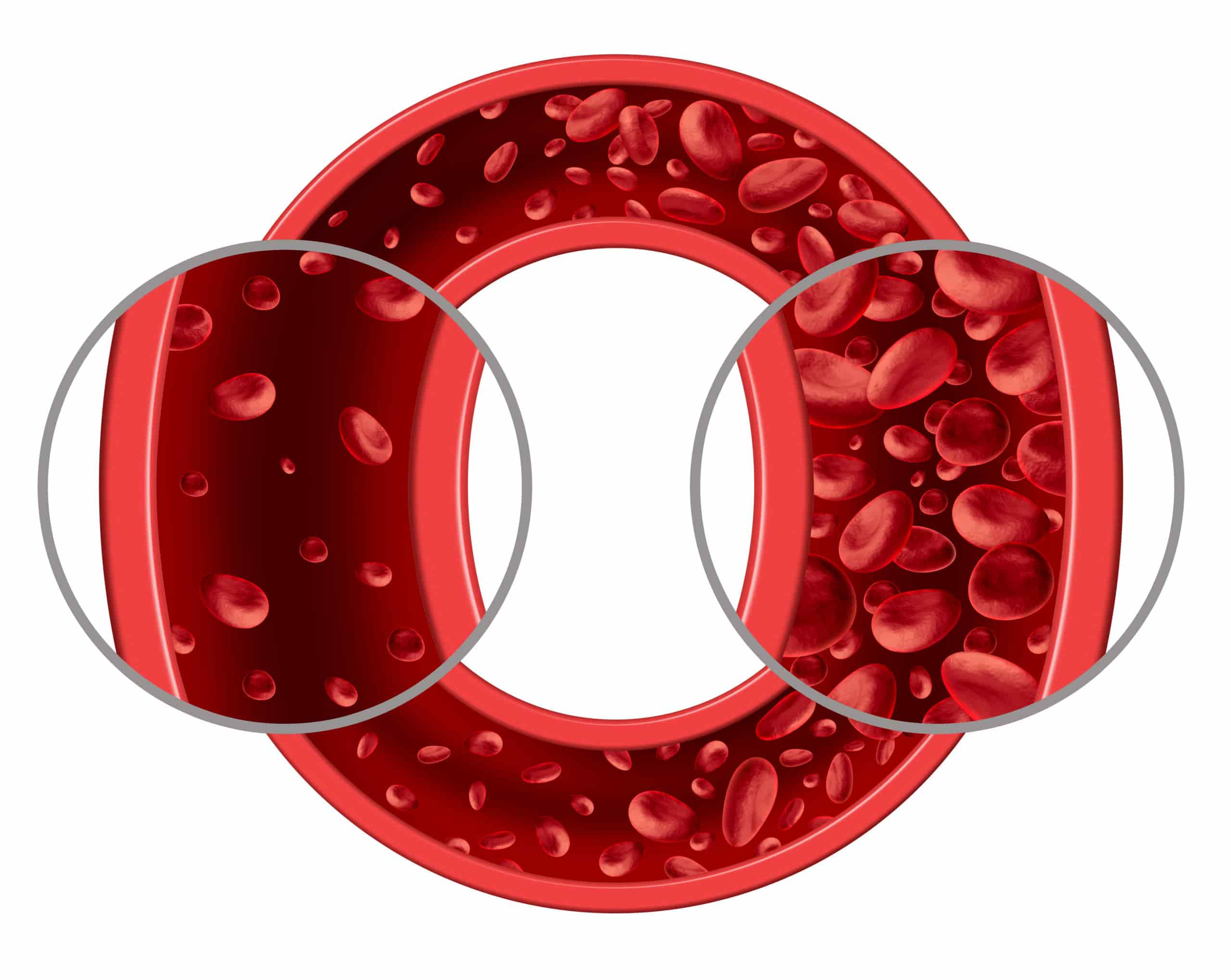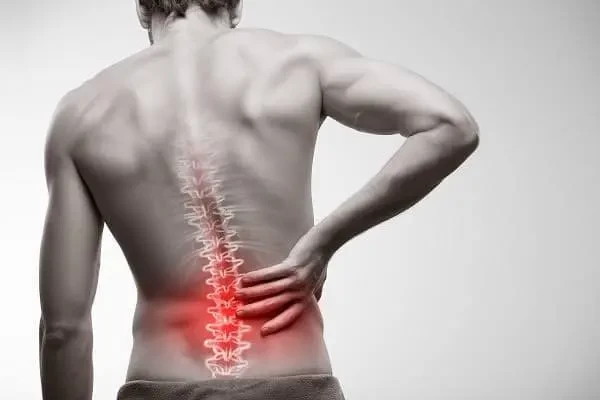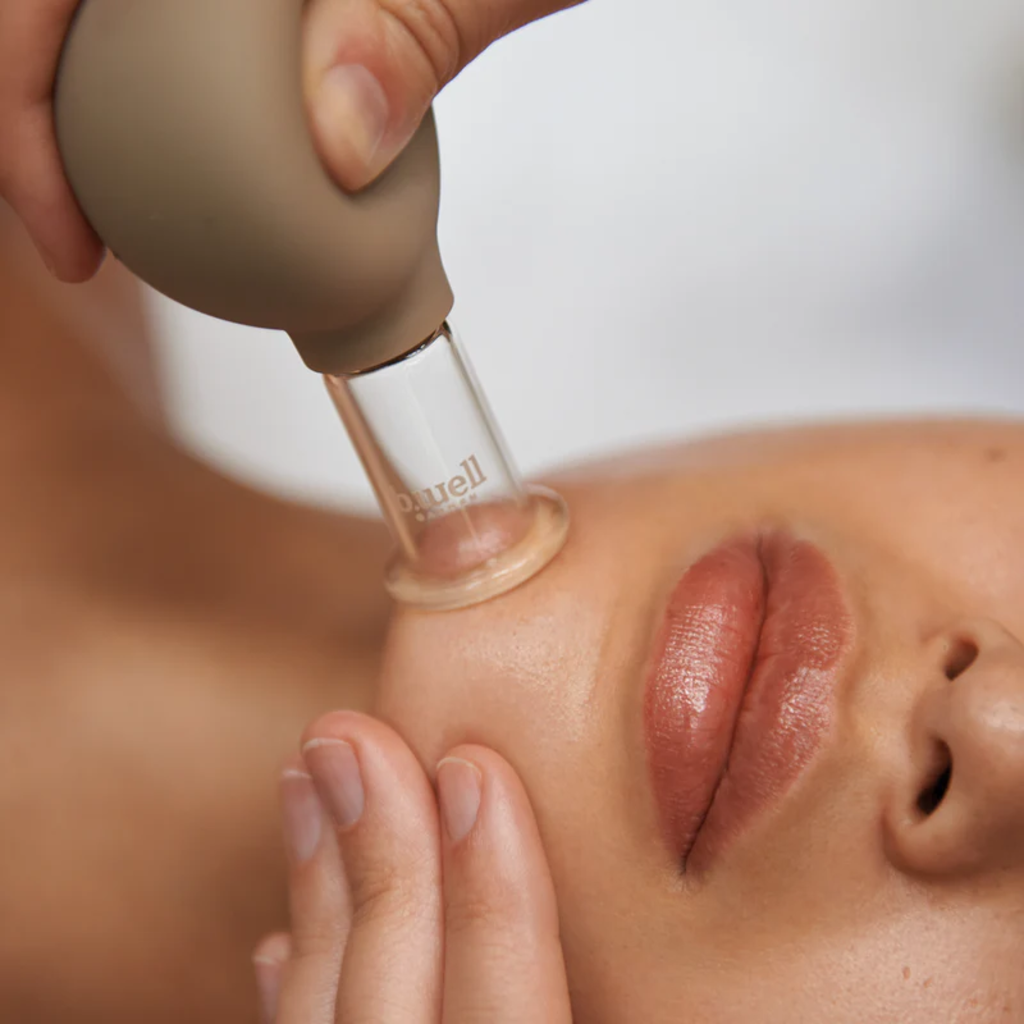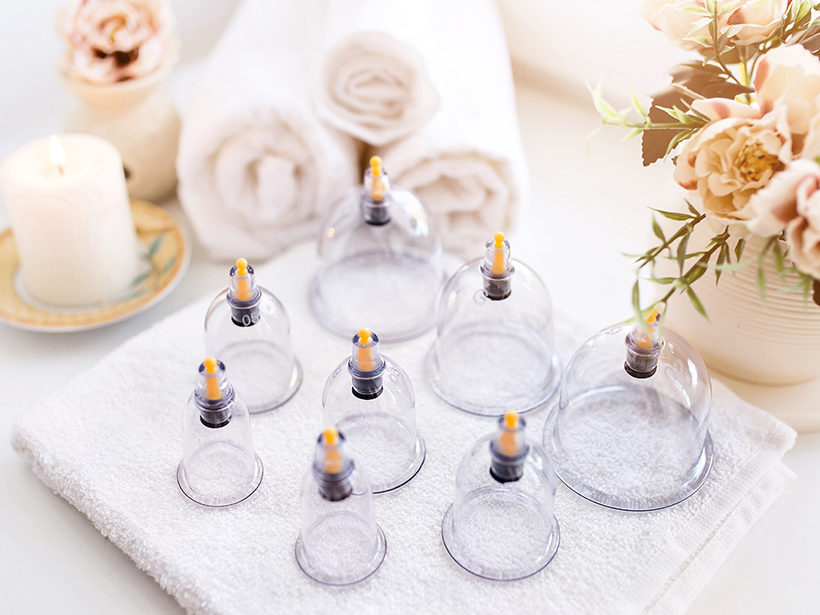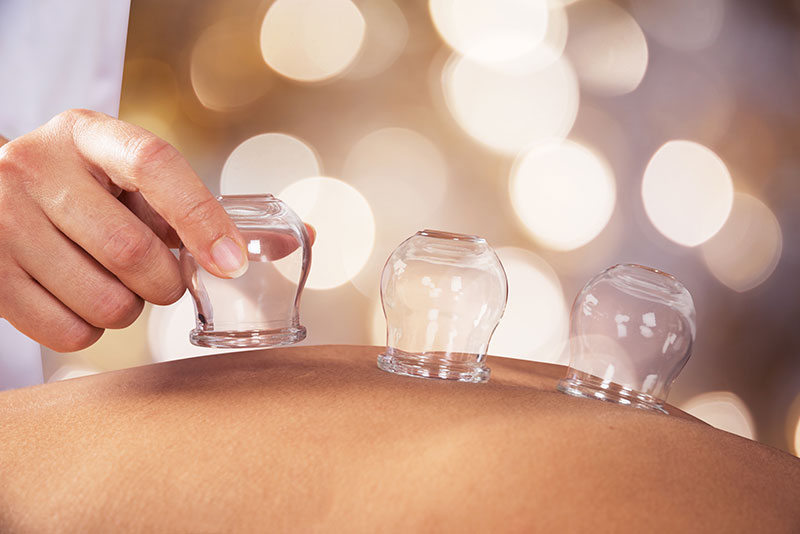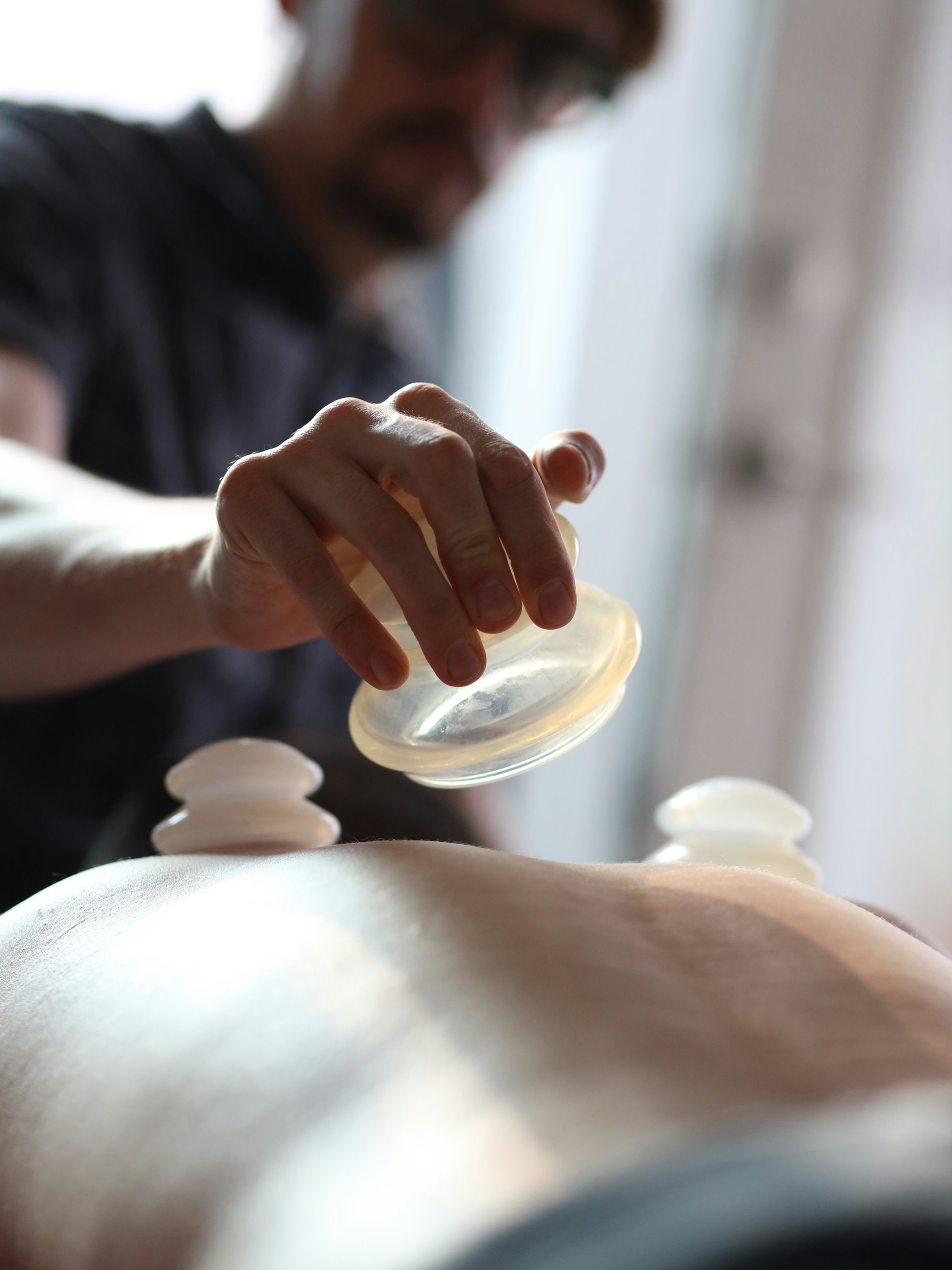Cupping Therapy: A Unique Exploration of Scientifically-Backed Therapeutic Benefits
A Unique Introduction:
Far from the conventional classification of cupping therapy as an old folk remedy, this article adopts a distinctive perspective to explore its benefits—rooted in modern scientific research while honoring its deep historical roots. Our goal is to offer a balanced view that bridges traditional healing heritage with scientific advancements, shedding light on the real potential of this practice.
Cupping Therapy: More Than Tradition – A Growing Scientific Backing
Cupping has long been used across civilizations for its purported healing effects. As interest in complementary and alternative medicine grows, scientific research has increasingly begun to examine cupping’s benefits in a systematic way. Instead of relying solely on anecdotal evidence, this article highlights what current studies support—while recognizing the need for further investigation.
Scientifically Supported Benefits of Cupping (and Promising Areas)
Pain Relief – A Strongly Supported Benefit
Perhaps the most well-studied benefit of cupping therapy is its ability to relieve pain. Numerous studies have demonstrated the effectiveness of both dry and wet cupping in reducing chronic back pain, neck pain, and migraines. For example, a systematic review and meta-analysis published in Pain Medicine in 2011 suggested that cupping may be an effective treatment for lower back pain.Inflammation Reduction – A Promising Area
Emerging research suggests that cupping may possess anti-inflammatory properties. The suction effect is believed to stimulate a localized immune response, resulting in the release of anti-inflammatory compounds. A 2015 study in the Journal of Traditional and Complementary Medicine found that wet cupping significantly reduced inflammatory markers in patients with chronic neck pain.Improved Circulation – The Basis of Healing
Healthy blood circulation is vital for overall body function. Cupping is thought to enhance local circulation by increasing blood flow to treated areas, which may speed up healing, reduce muscle cramps, and improve oxygen and nutrient delivery.Relaxation and Stress Reduction – A Tangible Effect
Many individuals report a deep sense of relaxation following cupping sessions, with both physiological and psychological effects. Cupping is believed to stimulate the parasympathetic nervous system, leading to a calming state. A 2014 exploratory study in Complementary Therapies in Medicine showed improvements in anxiety and depression levels among participants who received cupping therapy.Other Areas Under Study:
Scientific exploration continues into cupping’s potential in several other areas, including:Treating skin conditions such as eczema and psoriasis
Alleviating symptoms of carpal tunnel syndrome
Enhancing athletic performance and recovery
Supporting digestive health
Cupping in the Context of Integrative Medicine
It is important to view cupping as a component of integrative medicine, where it is combined with conventional treatments to achieve the best outcomes for patients. Cupping should not be seen as a substitute for essential medical therapies, especially in chronic or serious conditions.
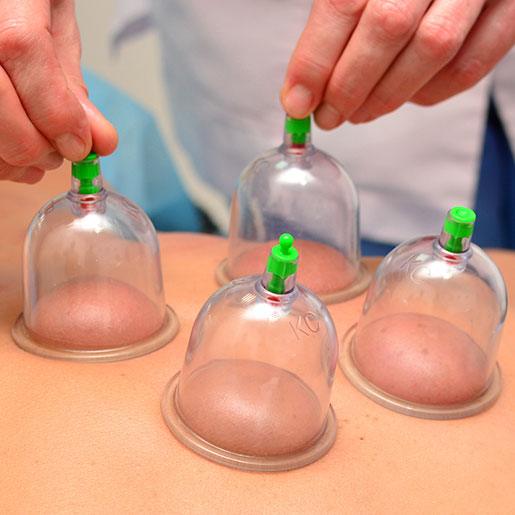
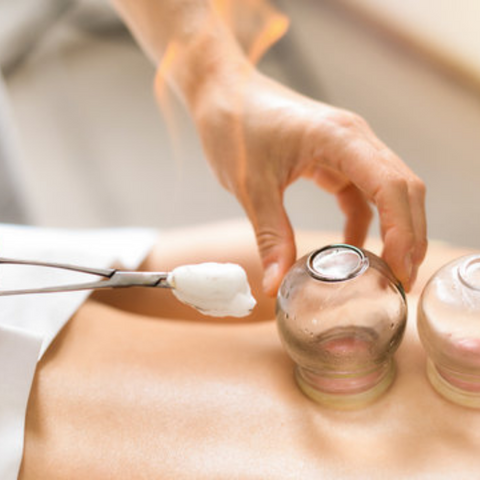
The Need for More High-Quality Research
Despite the promising findings of some studies, there remains a strong need for more high-quality clinical trials with robust designs and larger sample sizes. These will help validate cupping’s efficacy and clarify the exact mechanisms behind its effects.
A Unique Conclusion:
Cupping therapy is more than a traditional practice—it is increasingly recognized by modern science for its potential therapeutic benefits, particularly in pain relief and inflammation reduction. However, the optimal use of cupping requires an informed understanding of current scientific evidence, acknowledgment of its limitations, and thoughtful integration into comprehensive healthcare plans. As research continues, it may further uncover the potential of this ancient practice to support public health and enhance quality of life.

